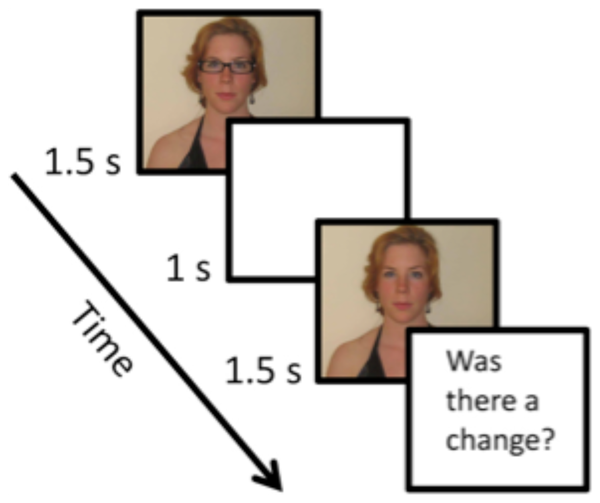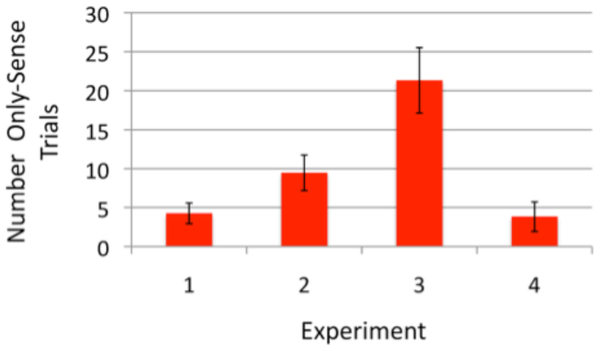A paper has determined that while people can reliably become aware of changes - visual awareness can extend beyond objects we focus on - that doesn't mean we can identify what has changed. Their example is that a person might notice a general change in someone's appearance but not be able to identify that the person had had a haircut.
Lead author Dr. Piers Howe from the Melbourne School of Psychological Sciences said the research is the first to show in a scientific study that people can reliably sense changes that they cannot visually identify.
"There is a common belief that observers can experience changes directly with their mind, without needing to rely on the traditional physical senses such as vision, hearing, taste, smell and touch to identify it. This alleged ability is sometimes referred to as a sixth sense or ESP. We were able to show that while observers could reliably sense changes that they could not visually identify, this ability was not due to extrasensory perception or a sixth sense," he said.
In the study, observers were presented with pairs of color photographs, both of the same female. In some cases, her appearance would be different in the two photographs. For example, the individual might have a different hairstyle.

An example trial from the first experiment. Two portraits of the same individual were shown separated by a blank interval. The observer was first asked if a change occurred and, if they indicated that one had, they were then asked to indicate which change had occurred from a list of nine possible changes. The subject of the photograph has given written informed consent, as outlined in the PLOS consent form, to publication of their photograph.
Credit: doi:10.1371/journal.pone.0084490
Each photograph was presented for 1.5 seconds with a 1 second break between them. After the last photograph, the observer was asked whether a change had occurred and, if so, identify the change from a list of nine possible changes.
Results showed study participants could generally detect when a change had occurred even when they could not identify exactly what had changed. For example, they might notice that the two photographs had different amounts of red or green but not be able to use this information to determine that the person had changed the colour of their hat.

The number of only-sense trials, out of a total of 100 trials where a change occurred, corrected for possible observer response bias. Error bars represent the standard error of the mean.
Credit: doi:10.1371/journal.pone.0084490
This resulted in the observer "feeling" or "sensing" that a change had occurred without being able to visually identify the change. Thus, the result that observers can reliably feel or sense when a change has occurred without being able to visually identify the change could be explained without invoking an extrasensory mechanism.





Comments